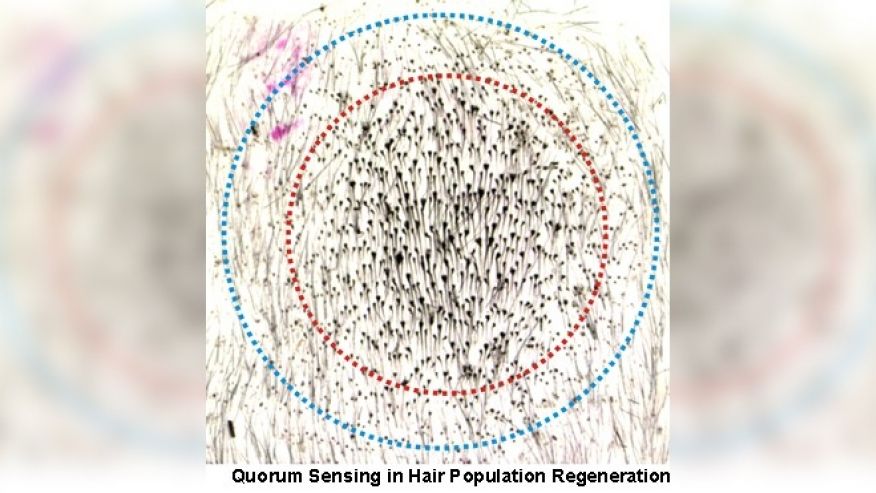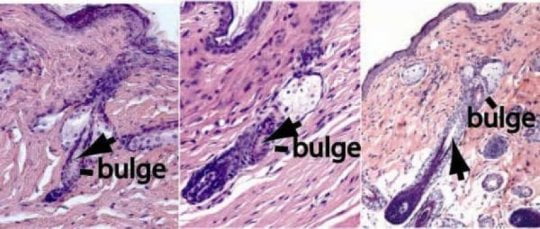![[child with eczema]](https://cdn1.medicalnewstoday.com/content/images/articles/317/317312/child-with-eczema.jpg)
Researchers have discovered that a lack of filaggrin could contribute to the onset of eczema.
New research shows for the first time that a lack of the key barrier protein filaggrin alone may be responsible for changes in skin proteins and pathways that make people susceptible to eczema. It builds on previous work that shows a lack of the protein is strongly tied to the development of eczema.
Researchers from Newcastle University in the United Kingdom and Stiefel – a GlaxoSmithKline company – report their findings in the Journal of Allergy and Clinical Immunology.
Lead investigator Nick Reynolds, a professor of dermatology at Newcastle University who also works as a skin and eczema specialist in Newcastle’s Royal Victoria Infirmary, says that their discovery “reinforces the importance of filaggrin deficiency leading to problems with the barrier function in the skin and predisposing someone to eczema.”
He and his colleagues also believe that the study could lead to the development of drugs that target the underlying causes of eczema rather than just alleviate the symptoms.
Eczema is a condition that is usually characterized by dry, itchy, cracked, and rough skin that mainly erupts on the hands, feet, and face, as well as behind the knees and inside the elbows.
It can also present with blisters that weep fluid when scratched. The condition can cause disturbed sleep and may profoundly affect quality of life.
The most common type of eczema is an inflammatory, non-contagious skin condition called atopic dermatitis that affects around 30 percent of people in the United States, most of them children and adolescents.
In this article, the word eczema refers specifically to atopic dermatitis.
Model of human skin with eczema
The exact causes of eczema are unknown. However, research reveals that it is likely to arise from a combination of genetic and environmental factors and probably involves dysfunction of both the skin barrier and the immune system. People with eczema may also develop asthma and hay fever.
In their study report, the researchers explain that filaggrin plays a key role in maintaining the barrier that protects the skin and that previous research has already established that a lack of the protein strongly predisposes people to eczema.
However, exactly what happens at the molecular level to link filaggrin deficiency to the development of eczema “remains incompletely understood,” they note.
To further investigate the role of filaggrin, the researchers developed a 3-D model of human skin, in which, using molecular tools, they made the epidermis (the outside layer) deficient in filaggrin.
The model closely mimics what happens in the skin of people with eczema.
Using the model, the researchers were able to map the proteins and signaling pathways that lie “downstream” of filaggrin, and thus observe how the absence of the protein altered them.
They identified a number of signaling mechanisms that regulate inflammation, cell structure, stress response, and the function of the skin barrier.
The mapping of these pathways in the model appears to match that seen in people with eczema.
For example, the skin of people with active eczema has high levels of a protein coded by the gene KLK7. The team was able to show – from the model – that upregulation of KLK7 was one of the molecular consequences of filaggrin loss.
[“Source-medicalnewstoday”]




















